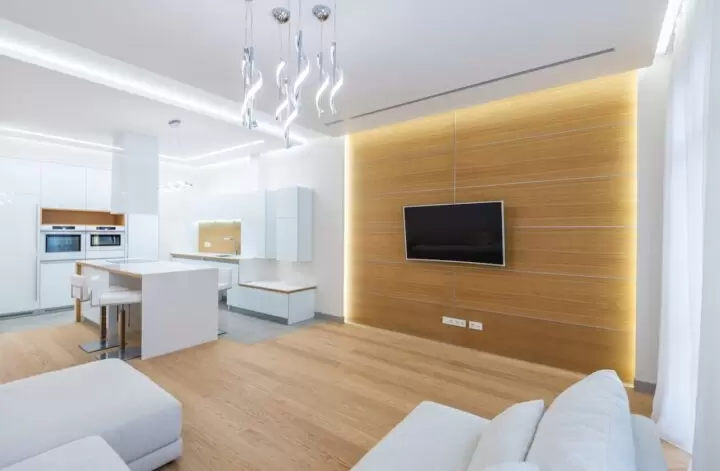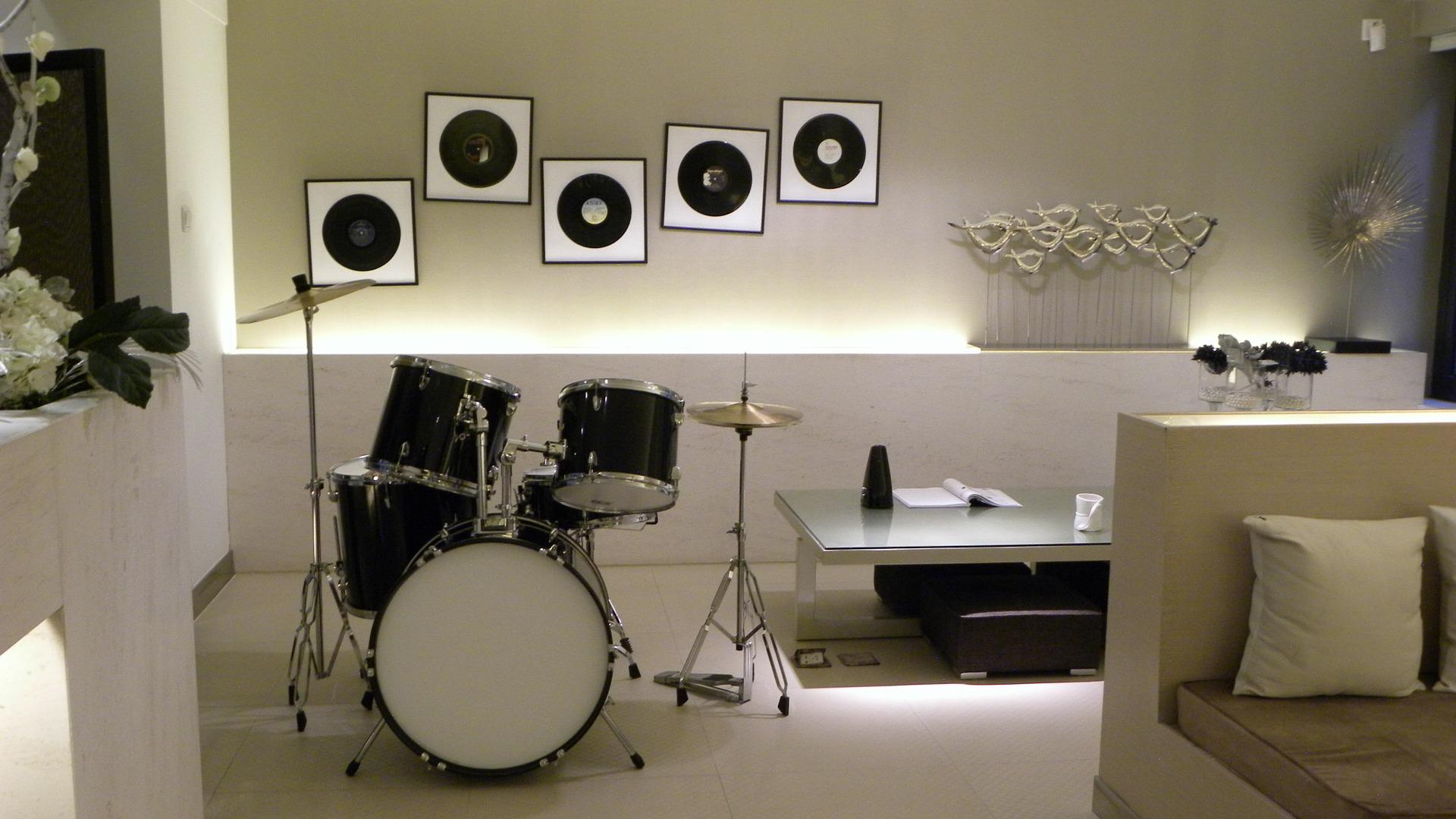In an era in which it is increasingly difficult to capture the viewer’s attention and in which electronic devices have become true bodily extensions, it is essential to investigate alternative visual approach methodologies. One of these can certainly be LED screens.
LED Technology: What is it?
LED (Light Emitting Diode) technology is a form of lighting based on electronic diodes that emit light when an electric current passes through them. This technology has become increasingly popular in recent years to the point of being able to revolutionize the lighting sector. Unlike traditional incandescent or fluorescent lamps, LEDs do not have filaments or gases, but exploit the phenomenon of recombination of electric charges inside the semiconductor material to generate photons of visible light.
As light is produced directly without the need to heat a filament, LEDs are extremely energy efficient and produce less heat than other light sources. Consequently, LEDs generate low consumption, which also means reduced electricity costs and limited environmental impact. Other advantages of this technology include its long duration, rapid ignition, and attractive design. For this reason, they are increasingly being used for advertising billboards. In this regard, if you would like a clearer idea of how a LED maxi screen looks like, you can also visit this website: https://www.macropix.com/.
Where is it Used
The considerable benefits offered by this type of technology can be reflected in a wide range of applications. These include domestic and public lighting, road signs, screens for electronic devices, vehicle lights, industrial lighting and many other sectors where a reliable and efficient light source is required.
Thanks to their design and ability to vary color and intensity, LEDs are often used to create artistic lighting effects on building facades, monuments and works of art. Shops, shopping malls, restaurants and hotels also benefit from this technology, which aim to recreate welcoming and personalized atmospheres, as well as reduce energy costs.
Why LED Screens are Eye Catching
One of the main characteristics of LED technology applied to screens or giant screens is that of being able to capture the public’s attention wherever they are: whether in a supermarket queue, in a motorway queue, at a sporting event, or more simply for massive marketing activities such as those proposed by the big screens in Oxford Circus and Times Square.
But why are LED screens so eye-catching? Brightness and intensity are two of the main factors. LED screens are known for their brightness and color intensity: thanks to this, they are able to easily attract people’s eyes even in bright or crowded environments. The wide range of colors then allows the passer-by to view images and content with bright and vivid colors even in extreme weather conditions.
It should also be considered that LED screens can easily catch the eye due to their shapes: curved screens, free-form or modular screens that can be assembled to form customised configurations. This flexibility makes it possible to create unique and eye-catching display solutions.





 Em Português
Em Português En Español
En Español